
Life sciences writer Susan Milius has been writing about botany, zoology and ecology for Science News since the last millennium. She worked at diverse publications before breaking into science writing and editing. After stints on the staffs of The Scientist, Science, International Wildlife and United Press International, she joined Science News. Three of Susan's articles have been selected to appear in editions of The Best American Science Writing.

Trustworthy journalism comes at a price.
Scientists and journalists share a core belief in questioning, observing and verifying to reach the truth. Science News reports on crucial research and discovery across science disciplines. We need your financial support to make it happen – every contribution makes a difference.
All Stories by Susan Milius
-
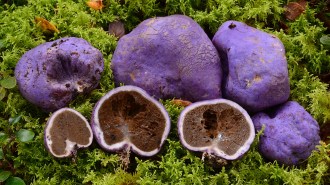 Ecosystems
EcosystemsExtinct moa ate purple trufflelike fungi, fossil bird droppings reveal
DNA analysis reveals the big, flightless moa birds ate — and pooped out — 13 kinds of fungi, including ones crucial for New Zealand’s forest ecosystem.
-
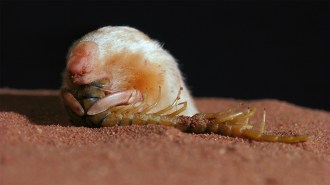 Animals
AnimalsMole or marsupial? This subterranean critter with a backward pouch is both
Genetic analyses have solved the riddle of where a marsupial mole fits on the tree of life: It’s a cousin to bilbies, bandicoots and Tasmanian devils.
-
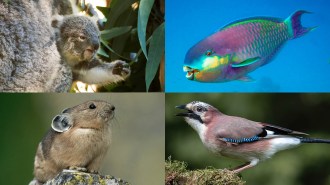 Animals
AnimalsPoop is on the menu for a surprising number of animals
A new tally finds dozens of species giving food a second go-round, from babies boosting their microbiomes to adults seeking easier-to-access nutrition.
-
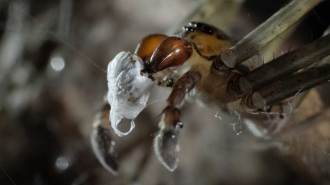 Animals
AnimalsClimate stress may undermine male spiders’ romantic gift giving
Even spider love lives show an effect of climate uncertainty: Stressed males may offer a bit of silk-wrapped junk rather than a tasty insect treat.
-
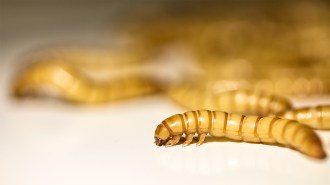 Life
LifeHere’s how long it would take 100 worms to eat the plastic in one face mask
An experiment reveals that a bio-solution to humans’ microplastics mess is likely to fall short, but could inspire other ways to attack the problem.
-
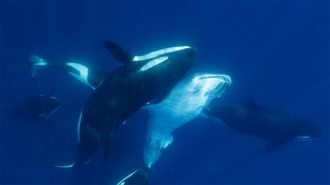 Animals
AnimalsVideos capture orcas’ tricks for taking down the largest fish on Earth
Citizen science videos document for the first time how orcas coordinate an attack against whale sharks.
-
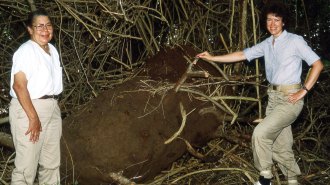 Science & Society
Science & SocietyThis ‘hidden figure’ of entomology fought for civil rights
Margaret S. Collins, the first Black American female entomologist to earn a Ph.D., overcame sexism and racism to become a termite expert.
-
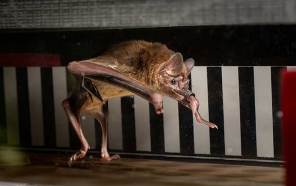 Animals
AnimalsPutting vampire bats on treadmills reveals an unusual metabolism
A bat gym shows that vampires are more like some insects, burning amino acids from blood proteins rather than the carbs or fats other mammals rely on.
-
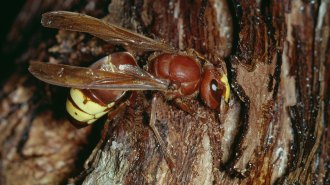 Animals
AnimalsThese hornets may be the alcohol-detox champs of the animal world
Vespa orientalis fed an 80-percent-ethanol brew still did hornet tasks and had normal life spans. This trick may be an adaptation to gut-dwelling yeast.
-
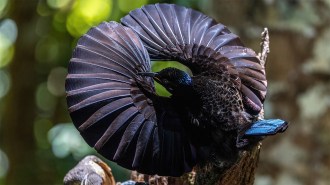 Animals
AnimalsScience has finally cracked male riflebirds’ flirty secrets
New video upsets the old notion that these birds of paradise use wing clapping to make percussive sounds while courting.
-
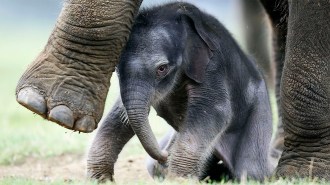 Animals
AnimalsTo tell a right-trunked elephant from a lefty, check the wrinkles
Elephant trunks, more sci-fi face-tentacle than ho-hum mammal nose, are getting new scrutiny as researchers explore how the wrinkles grow.
-
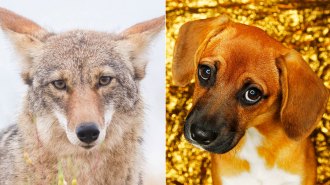 Animals
AnimalsCoyotes have the face muscles for that ‘sad-puppy’ look
The ability to make heart-melting stares may not be the fruit of dog domestication if their still-wild cousins have the power to do it too.